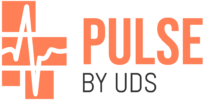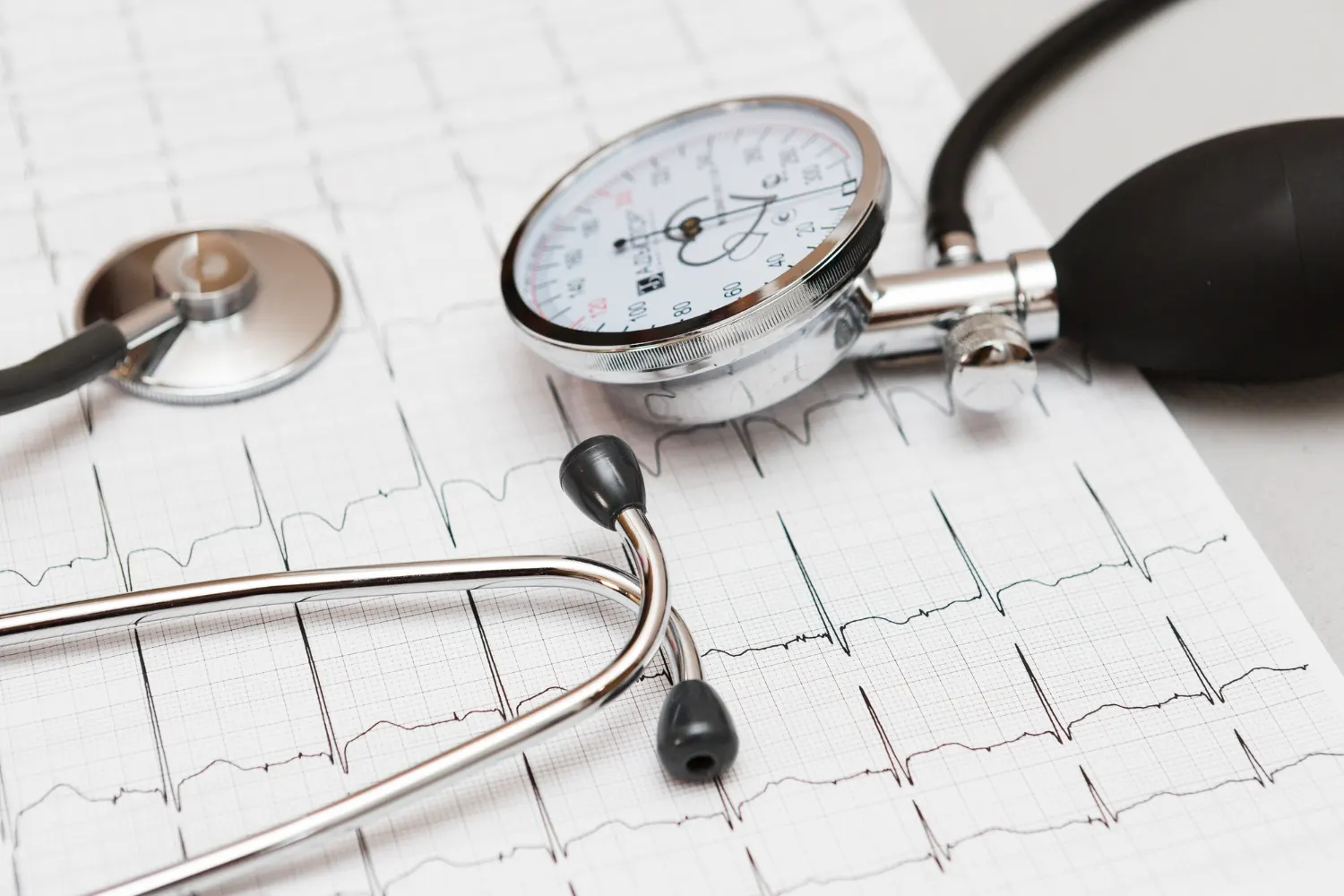High blood pressure, or hypertension, is a major risk factor for heart disease, stroke, and kidney failure. While medication is a common treatment, lifestyle changes can be just as effective in managing and even helping to lower blood pressure. A combination of diet, exercise, stress management, and other healthy habits can significantly reduce blood pressure while improving overall cardiovascular health.
This guide explores the most effective natural methods to lower blood pressure, supported by scientific research. By making sustainable adjustments, individuals can achieve better heart health without solely relying on medication.
In This Article
Understanding Blood Pressure and Its Health Impact
Blood pressure measures the force of blood against artery walls and is recorded as two numbers: systolic pressure (top number) and diastolic pressure (bottom number). The American Heart Association (AHA) defines normal blood pressure as below 120/80 mmHg, with hypertension diagnosed at 130/80 mmHg or higher.
Long-term high blood pressure forces the heart to work harder, leading to complications such as heart disease, stroke, and cognitive decline. Fortunately, research indicates that even small lifestyle changes can lower systolic blood pressure by 4–10 mmHg, reducing the risk of severe health consequences.
Lifestyle Strategies for Lowering Blood Pressure
Regular Physical Activity and Its Effects
Exercise is a powerful tool for naturally lowering blood pressure. Moderate-intensity aerobic activities like brisk walking, cycling, or swimming can lower systolic blood pressure by an average of 4–9 mmHg. Resistance training, including weightlifting and bodyweight exercises, improves vascular flexibility and further supports heart function. Even daily movements, such as taking the stairs or engaging in active hobbies, contribute to better blood pressure control. Yoga and mindfulness-based exercises have also been found to improve circulation and reduce stress-related hypertension.
| Activity Type | Frequency | Expected BP Reduction |
|---|---|---|
| Brisk Walking | 30 min/day, 5 days/week | 4–9 mmHg |
| Strength Training | 2–3 sessions/week | 2–4 mmHg |
| Yoga & Meditation | Daily practice | 3–5 mmHg |
Dietary Adjustments: The DASH Diet and Sodium Control
A heart-healthy diet plays a critical role in blood pressure management. The DASH (Dietary Approaches to Stop Hypertension) diet emphasizes whole foods, lean proteins, and healthy fats while reducing sodium and processed food intake. Following this diet has been shown to lower systolic blood pressure by up to 11 mmHg.
The emphasis should be on vegetables, fruits, whole grains, and potassium-rich foods such as bananas, spinach, and beans, which counteract the effects of sodium. Reducing sodium intake to 1,500–2,300 mg per day further enhances blood pressure control. Cooking meals at home, using fresh herbs instead of salt, and avoiding processed snacks all contribute to better sodium management.
| Dietary Factor | Recommended Intake | Expected BP Reduction |
|---|---|---|
| Sodium | <2,300 mg/day | 2–6 mmHg |
| Potassium-Rich Foods | 3,500–5,000 mg/day | 3–5 mmHg |
| DASH Diet Adherence | Daily | Up to 11 mmHg |
Hydration also plays a role, as dehydration can lead to temporary blood pressure spikes. Drinking sufficient water daily supports optimal circulation and heart function.
Weight Management and Blood Pressure Reduction
Maintaining a healthy weight significantly impacts blood pressure control. Studies indicate that losing even 5–10% of body weight can lower systolic blood pressure by 4–8 mmHg. This reduction is achieved through a balanced diet, portion control, and consistent physical activity.
| Weight Loss (%) | Systolic BP Reduction |
|---|---|
| 5% | 4–5 mmHg |
| 10% | 6–8 mmHg |
Sustainable weight loss involves mindful eating, choosing nutrient-dense foods, and maintaining an active lifestyle. Small, gradual changes tend to be more effective and long-lasting than drastic dietary restrictions.
Stress Reduction and Relaxation Techniques
Chronic stress can contribute to persistent hypertension by triggering the release of stress hormones such as cortisol and adrenaline. Mindfulness practices, including meditation and deep breathing exercises, have been shown to lower blood pressure by 4–6 mmHg. Regular exposure to nature, engaging in enjoyable activities, and prioritizing quality sleep further enhance stress management and cardiovascular health.
| Stress Reduction Method | Expected BP Reduction |
|---|---|
| Meditation & Deep Breathing | 4–6 mmHg |
| Quality Sleep (7–9 hrs) | 3–5 mmHg |
| Nature & Outdoor Activities | 2–4 mmHg |
Establishing a consistent sleep routine is particularly important, as poor sleep has been linked to higher hypertension risk. Reducing screen time before bed and maintaining a dark, cool sleep environment supports better rest and blood pressure regulation.
Limiting Alcohol and Caffeine for Heart Health
Excessive alcohol intake can raise blood pressure, particularly in those consuming more than moderate amounts. The AHA recommends limiting alcohol to one drink per day for women and two drinks per day for men, which can reduce systolic blood pressure by 3–5 mmHg.
Caffeine sensitivity varies, with some individuals experiencing temporary blood pressure spikes after consumption. Monitoring caffeine intake and switching to herbal teas or decaffeinated alternatives may help control fluctuations.
| Substance | Recommended Limit | Expected BP Reduction |
|---|---|---|
| Alcohol | 1 drink/day (women) 2 drinks/day (men) | 3–5 mmHg |
| Caffeine | Individual tolerance | Varies |
Alternative Therapies and Natural Supplements
Complementary approaches such as controlled breathing exercises and biofeedback therapy have shown promise in blood pressure management. Research suggests that practicing controlled breathing for 15 minutes daily can reduce systolic blood pressure by 3–4 mmHg.
Certain natural supplements also offer cardiovascular benefits. Aged garlic extract, for instance, has been associated with systolic blood pressure reductions of 5–10 mmHg. Omega-3 fatty acids, found in fish oil, contribute to arterial flexibility, while magnesium supports vascular relaxation. However, it is essential to consult a healthcare provider before incorporating supplements to ensure safety and avoid interactions with medications.
| Therapy/Supplement | Expected BP Reduction |
|---|---|
| Controlled Breathing | 3–4 mmHg |
| Aged Garlic Extract | 5–10 mmHg |
| Omega-3 Fatty Acids | 3–5 mmHg |
Conclusion
Lowering blood pressure naturally is achievable through a combination of lifestyle changes that improve heart health. Regular exercise, a nutrient-rich diet, weight management, stress reduction, and mindful consumption of alcohol and caffeine all contribute to healthier blood pressure levels. By adopting these evidence-based strategies, individuals can take control of their cardiovascular well-being and reduce their risk of hypertension-related complications.
References
- American Heart Association. (2023). Understanding Blood Pressure Readings. Retrieved from www.heart.org
- Hypertension Journal. (2023). Exercise and Blood Pressure Reduction: A Meta-Analysis. Retrieved from www.ahajournals.org
- JAMA Cardiology. (2023). Mindfulness-Based Stress Reduction and Hypertension. Retrieved from www.jamanetwork.com
- Sleep Medicine Reviews. (2023). Sleep Duration and Cardiovascular Risk. Retrieved from www.sciencedirect.com










0 Comments